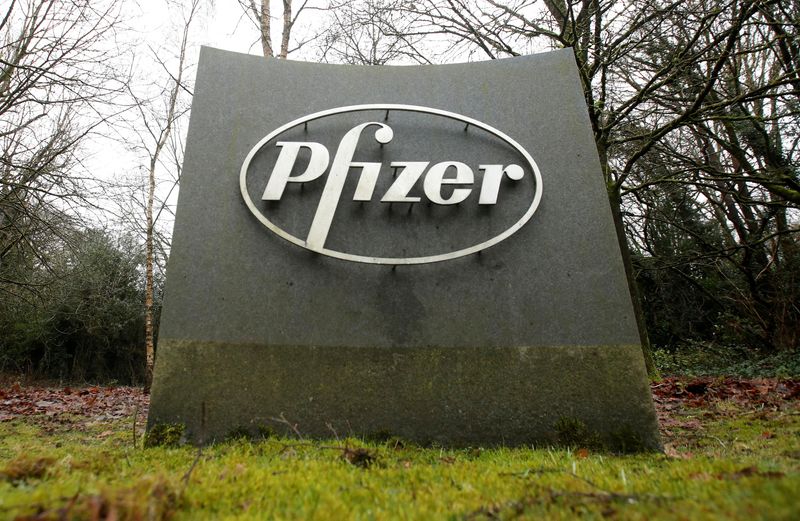Quiver Quantitative - Pfizer 's (NYSE:PFE) recent decisions have cast a cloud over the enduring profitability of the COVID-19 vaccine and treatment market. A stark decrease in their forecasted sales for both the antiviral COVID treatment Paxlovid and the vaccine co-developed with BioNTech (NASDAQ:BNTX) has triggered apprehensions, negatively impacting BioNTech and Moderna's share prices. Moderna (MRNA), however, remains sanguine about its demand outlook. Pfizer's CEO, Albert Bourla, illustrated the current sentiment, emphasizing that the public seems to be in the throes of "COVID fatigue." Though he confirmed that Pfizer's projection for this year's vaccine demand might set the stage for subsequent years, uncertainty persists as Pfizer's recalibrations primarily hinge on the ongoing vaccination campaign's outcome.
While Pfizer experienced a 3.6% stock surge, BioNTech (22UAy.DE) and Moderna observed drops of 7.3% and 2.8%, respectively. Moderna, undeterred by the ongoing market tremors, clings to its revenue projection, anticipating a $6 billion to $8 billion haul from its COVID vaccine in 2023. In a more intricate financial twist, Pfizer plans to book a substantial $5.5 billion non-cash charge for Q3, arising from inventory write-offs related to Paxlovid and their vaccine. Simultaneously, BioNTech, interlocked with Pfizer through profit-sharing agreements, signaled that the write-offs would impinge on its revenue for 2023.
Analysts perceive Pfizer's downgraded forecast as a portentous sign, suggesting it might even spell lower sales for Moderna. Jefferies' Michael Yee anticipates a stark disparity between the number of people receiving vaccinations in winter and Moderna's sales targets. BioNTech, largely buoyed by Pfizer's vaccine profit-sharing, pointed out that the financial downsizing largely pertains to raw materials and dated vaccine versions that don't align with the latest iteration.
In the larger financial panorama, Pfizer's shares, down by approximately 37% this year, exhibit a forward earnings estimate multiplier of 9.8. In contrast, BioNTech stands at a significantly higher 26.7, as per LSEG data. These oscillating numbers reiterate the fluidity of the pharmaceutical landscape amidst evolving global health challenges.
This article was originally published on Quiver Quantitative
